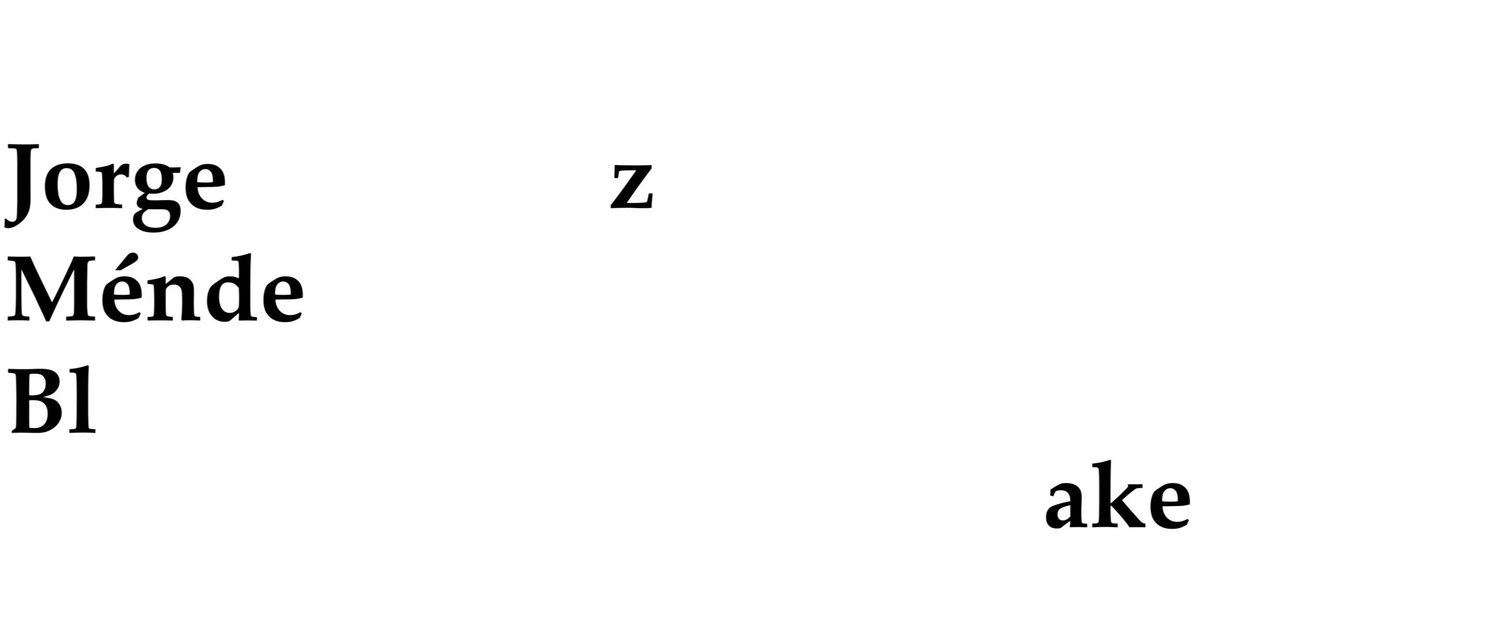For English Scroll Down
Diez situaciones poéticas
I-II Poeta en la cima de una montaña / Montaña encima de un poeta
La historia de la poesía moderna es la del continuo desgarramiento del poeta, dividido entre la moderna concepción del mundo y la presencia a veces intolerable de la inspiración. Octavio Paz, “El arco y la lira”
Desde el siglo XV cuando el artista chino Shen Zhou pintó “Poeta en la cima de una montaña”, en donde un diminuto poeta se encuentra en el borde de un acantilado contemplando el horizonte de rocas y nubes, hasta “El caminante sobre el mar de nubes” pintado por Caspar David Friedrich en 1817, la idea de que la contemplación de la naturaleza puede inducir la creación ha sido comúnmente aceptada. Pero, ¿es acaso el estereotipo del poeta, sereno, inspirado y en éxtasis creativo más una carga que una certidumbre de inspiración poética?
III-IV Poeta entre ruinas / Poeta en ruinas.
Por mucho que lo lamentemos, la lengua escrita, cuando apareció hace más de cinco mil años, no fue creación de los poetas sino de los contables Alberto Manguel, “La ciudad de las palabras”
Las ruinas han atraído por siglos a los poetas y a los artistas, buscadores de sentido. Le recuerdan al hombre de su mortalidad y su destino fatal, su camino hacia el polvo. Contemplar las ruinas es mirar la victoria de la naturaleza sobre la civilización, sobre la historia, sobre el ser humano. Son un final pero también son un principio. ¿Comparte la vida del poeta esa degradación arquitectónica? ¿Su vida cotidiana tiende a la decadencia o hacia la germinación? Mientras tanto, pregunta el contable: ¿de qué vive el poeta?
V-VI Esquina poética / Poema en esquina
Jay Pritzker describió la obra de Luis Barragán como “un acto sublime de imaginación poética”, ¿es acaso que ciertos espacios o elementos arquitectónicos pueden albergar a la poesía? ¿Existen puntos específicos, encrucijadas de intensidad poética, de entusiasmo inspirador? Jorge Luis Borges ubicaba el Aleph en un punto específico bajo el decimonoveno escalón de la escalera al sótano de la casa de la calle Garay. ¿Dónde se concentra la poesía?
VII-VIII Poeta en lo alto de una pirámide / Pirámide sobre un poeta
El poeta-sacerdote, levantando su pluma cual cetro en la punta de la pirámide es una imagen que probablemente no gustaría a Platón, quien desterró a los poetas-timadores de su República. ¿Cuál es el papel social del poeta? ¿Dónde se encuentra en la pirámide, en la cima con los sacerdotes o en la plaza con el pueblo?
IX-X Poeta junto al estanque / Poeta en el estanque
Matsuo Bashoo escribió el haiku más famoso de la historia en 1686:
Un viejo estanque; al zambullirse una rana, ruido de agua
El poeta, al lado del estanque, con los sentidos abiertos, contempla un hecho cotidiano que adquiere dimensiones épicas. ¿Es la contemplación una liberación, un momento mágico de encuentro con el ser y con el mundo o por el contrario, el poeta se ahoga en el estanque que lo refleja? Si el poeta, como la rana de Bashoo, desaparece en las aguas... ¿lo hace con una sonrisa?
Ten Poetic Situations
